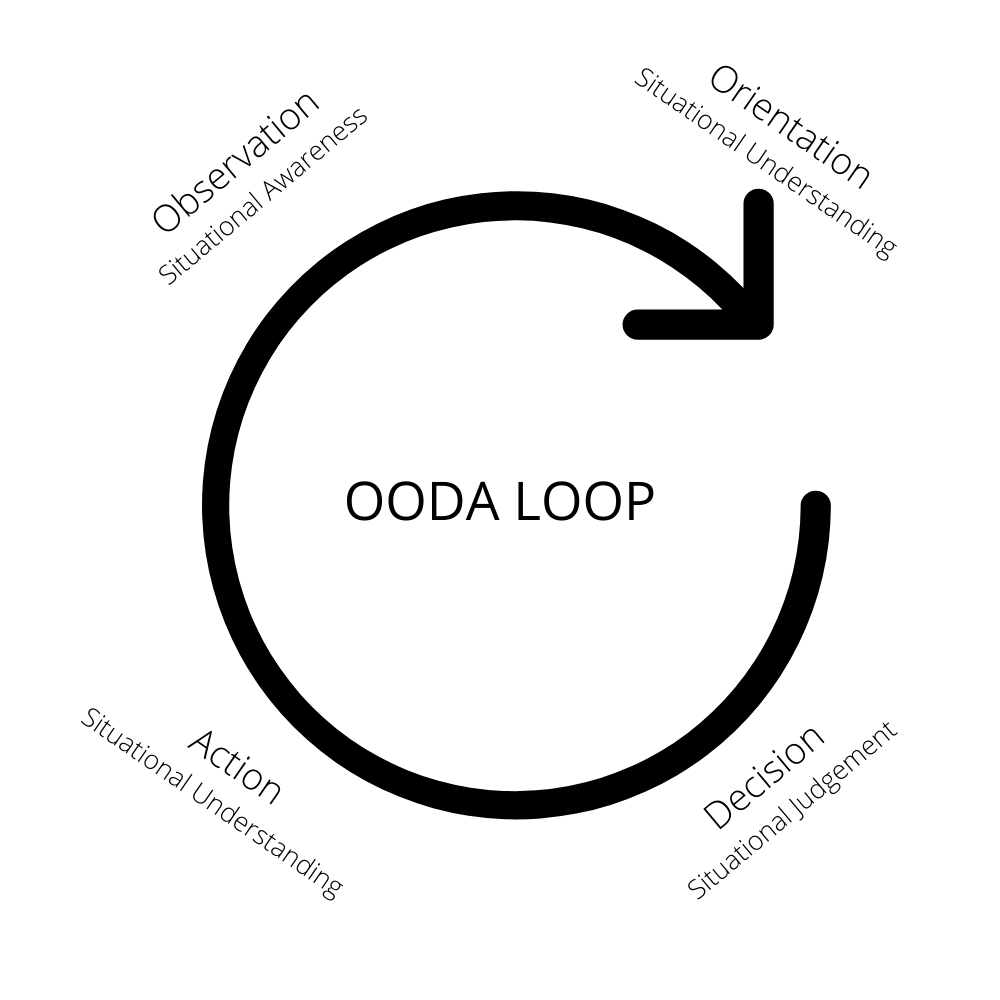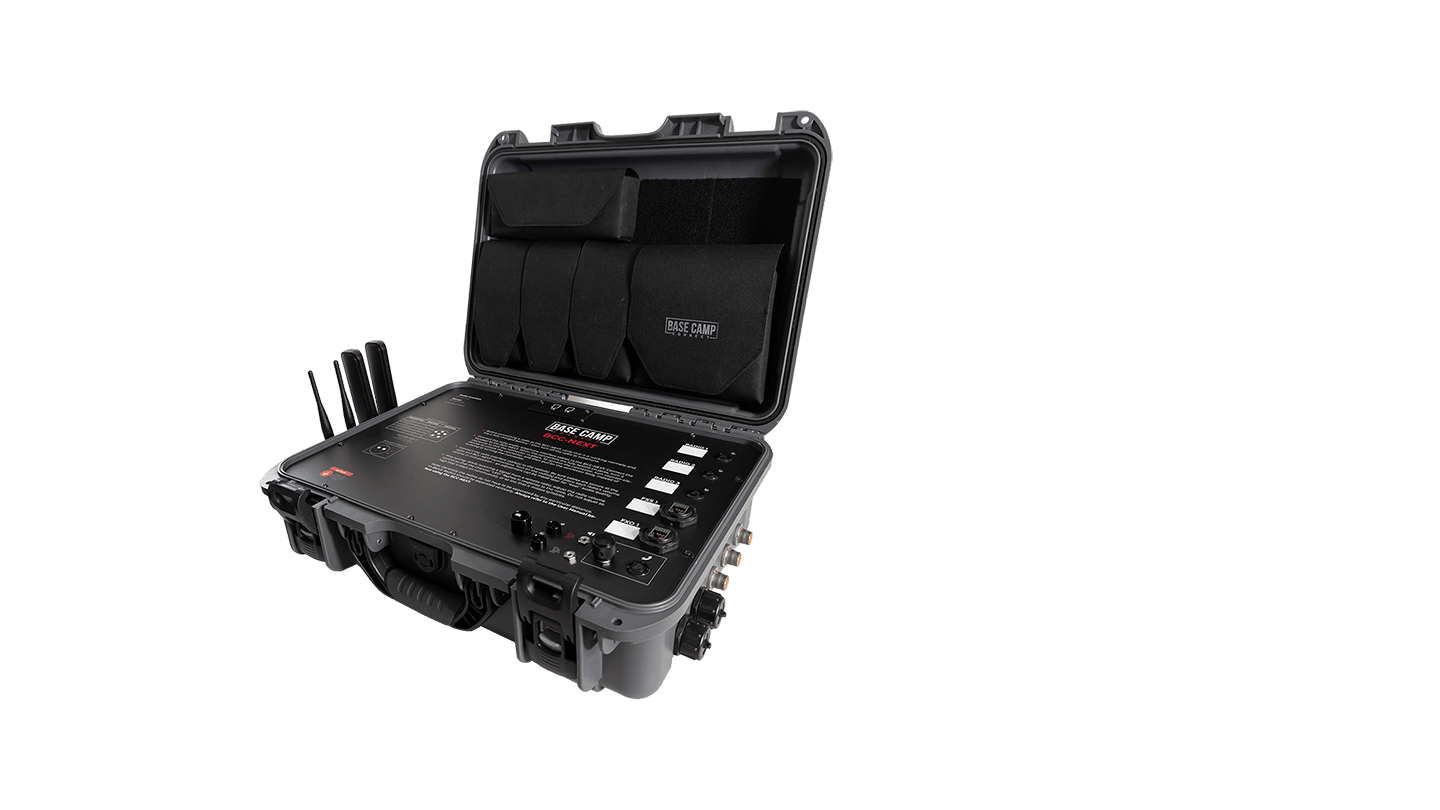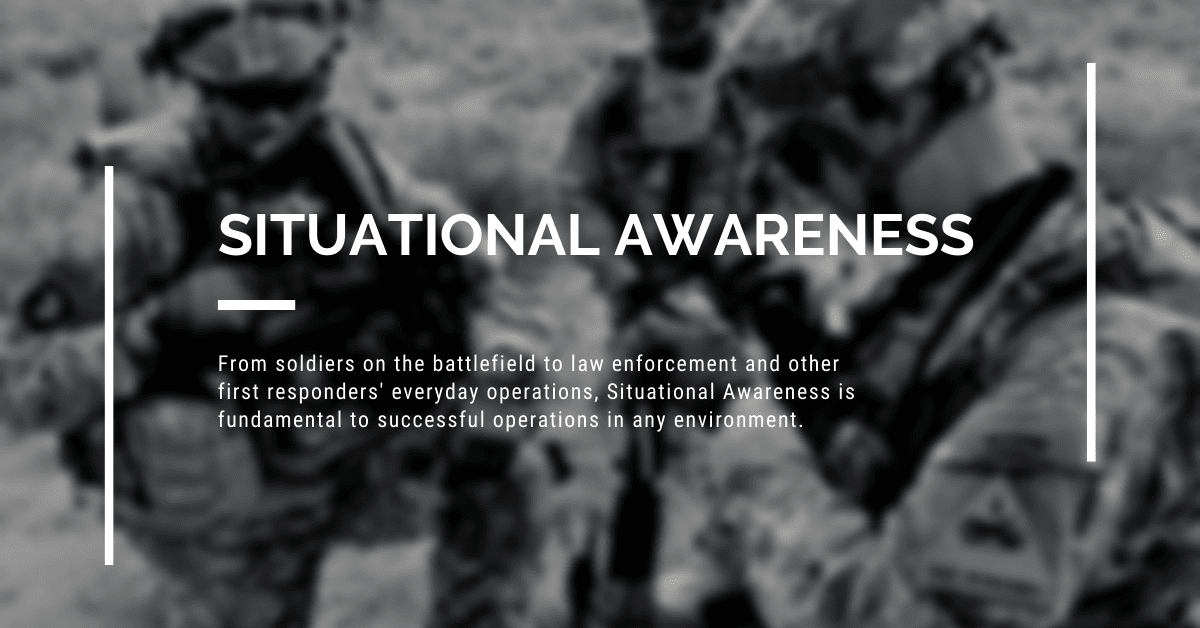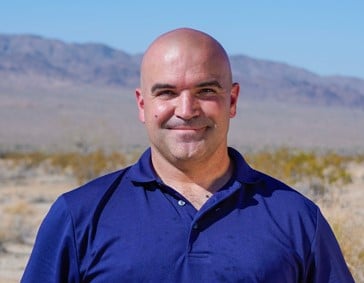The importance of situational awareness (SA) in the tactical environment cannot be understated. From soldiers on the battlefield to law enforcement and other first responders’ everyday operations, SA is fundamental to successful operations in any environment. For this reason, anyone involved in this type of work can benefit from a greater understanding of SA.
In this article, we’ll discuss what SA is, the three factors that build SA, the importance of sharing SA, and finally, a tool for improving your use of the technique. When properly applied, SA will improve communications and generally deliver a better outcome for your operation’s planning and execution.
What is Situational Awareness?
SA can become a complicated topic if we get into the more profound theory of it or some of the models that have been developed to explain it. SA is pretty simple in its purest form, and most people really only need to know the basics to benefit from the concept. Understanding what is going on around you and making decisions bases on that understanding is what SA is all about.
Our actions in the real world do not occur in a vacuum. Everything about the environment around us affects the outcome of the decisions we make. The best of plans can quickly turn sour when outside forces start to act on them. As we made our plans in the military, we liked to say, “don’t forget that the enemy gets a vote.” It was our way of remembering one of the crucial parts of building SA. Everything around you matters.
SA can be thought of as a form of risk management. It is taking all the information around you and using it to make timely decisions. Now that we understand what SA is, let’s talk about what goes into building a clear understanding of SA.
Building SA
There are three factors in developing SA. The complete picture only comes from fully developing each component. The elements in the order that you develop them include understanding the physical environment, making sense of people’s purposes and movements relative to their physical environment, and anticipating the impact of future actions within the environment.
The physical environment is multifaceted. Terrain, weather, plants, animals, smells, sounds, visual stimuli, and things people build are but a few elements which comprise the physical environment. The first step in building SA is assessing the physical environment around you. It is only with a clear picture of the world around you that you can make timely and appropriate decisions.
The best method for taking inventory of the physical environment is to think about the five senses. Some of your senses may seem less useful in accomplishing this task, such as taste, for example. The truth is each has a role in building your understanding of the physical world around you.
Ask yourself what you see, hear, feel, taste, and what you smell. What does the combined picture of all that information look like? Think of how each of your observations interacts. For example, do you taste smoke in the air only when you see a fire, or is the taste there even when a fire is not present? How does everything you are taking in build on each other and interact? Looking at the world around you in this manner will generate a solid understanding of the physical environment.
After you have painted what you believe to be an accurate portrayal of the physical environment, you will now need to understand people’s purposes and movements relative to the world around them. This phase of developing your SA is perhaps the most difficult. Here you need to understand people. While humans are creatures of habit, they also have peculiarities that make studying how they interact with their world challenging.
This phase of the SA process is illustrated well by a real-world example. Assume the physical environment you are tasked with understanding is a large outdoor marketplace. Suppose you have taken the time to build your picture of the physical environment carefully. You know every booth, the smell and taste of the food for sale, the vibrant colors of merchant’s goods, and how the market looks during the day and night. But, you have yet to study how people interact with the market.

Now suppose you are on a team of law enforcement officers charged with breaking up a smuggling ring operating somewhere within the open-air market. If you have no idea of how people work within the market, how can you possibly find where the smugglers are? You need to understand why people are there and how they usually behave. Only then can you have a chance of finding the smugglers.
In this phase of the SA process, look for trends related to time and behavior. Do people come and go in waves at certain times? Are there areas everyone avoids? Is there a time when fewer people are there, and does this change depending on the day? These types of questions will help complete the second phase of the process.
In the final phase, you have to take what you have learned during the first two and make educated guesses on the future and act on them. This phase is all about pattern analysis. Study the trends and where deviations occur. Use the information you have collected to plan and execute your operations based on what you have learned.
Let’s refer to our example of the market again. After completing your analysis, you determine that every day just before 2:00 p.m., people move away from a specific vendor’s stall. Simultaneously, a truck arrives with boxes that do not look like the products the vendor sells. Additionally, you notice the people unloading the packages from the truck seem on edge. They have repeated this daily activity for the last two weeks.
You and your team can complete the third phase of the process by making the reasonable assumption that these individuals may be connected to the smuggling operation. You can now plan a future operation to investigate the unloading of the truck further.
Sharing Situational Awareness
An important consideration when building SA is to share what you know. There are two reasons why this is a crucial point and worth mentioning. First, when it comes to building SA the more people involved in building and maintaining the unit’s SA, the better. Second, few operations for the military or first responders happen without interagency cooperation. SA must be a common language shared across all pertinent parties.
Once SA is built, make sure to communicate the picture you have developed with everyone involved. Often this task will require special communications equipment that makes sharing information much more manageable. This is especially true when dealing with units that use entirely different communications gear. An example would be a military unit with frequency hopping crypto-filled radios communicating with law enforcement agencies who only have standard VHF or UHF radios.
The Best Tool for Improving SA
Becoming good at developing your SA comes with practice. Just about everything you do in a given day can be an opportunity to exercising SA. Working in the office, going to the grocery store to buy food, driving around town, and even relaxing at home are opportunities for strengthening your SA capabilities.
As you move throughout your day, study the environment around you, analyze what the people within that environment are doing, and make predictions on what will happen next. You will be surprised at how quickly your situational awareness improves.
There are many ways to hone your SA skills, but in my experience, no tool is as valuable as the OODA loop. If you are not familiar with it, the OODA loop is a cycle developed for making decisions. When this tool is overlayed on top of the three phases of SA building, it will quickly improve your effectiveness.
 The OODA loop was developed by United States Air Force Colonel John Boyd. The cycle was primarily focused on making decisions in combat but is now applied to areas far from the battlefield. OODA stands for Observe Orient Decide Act. Let’s use the previous example of our market to illustrate the tool.
The OODA loop was developed by United States Air Force Colonel John Boyd. The cycle was primarily focused on making decisions in combat but is now applied to areas far from the battlefield. OODA stands for Observe Orient Decide Act. Let’s use the previous example of our market to illustrate the tool.
In the “observe” phase of the cycle, you collect all the information about the marketplace. Observing means collecting data from all five senses. This portion of the loop is also where you see how people act in the environment. As you paint the SA picture, remind yourself to observe constantly.
In the market, you noticed a truck’s arrival each day and the suspicious unloading of boxes. This is where you “orient” into a new position. You focus on the truck coming each day as it appears to be the smugglers you are looking for. You have made the decision to focus more on this one aspect of the market environment.
You now “decide” to plan and conduct an operation to have your team of law enforcement officers investigates the truck when it arrives tomorrow afternoon. When tomorrow comes, you “act” by executing the operation. The cycle then repeats itself based on what happened when you searched the truck.
As you look to build your SA, think of the OODA loop as it will help make your task more organized and effective.
Whether you are in a combat zone, responding to a fire, or just carrying on with your daily routine, you can benefit from SA. Understanding the environment around you and how people interact with it will allow you and your team to react appropriately in almost any situation. Take the time to practice and improve your ability to develop SA. It will undoubtedly make things easier for you and may even save your life.














